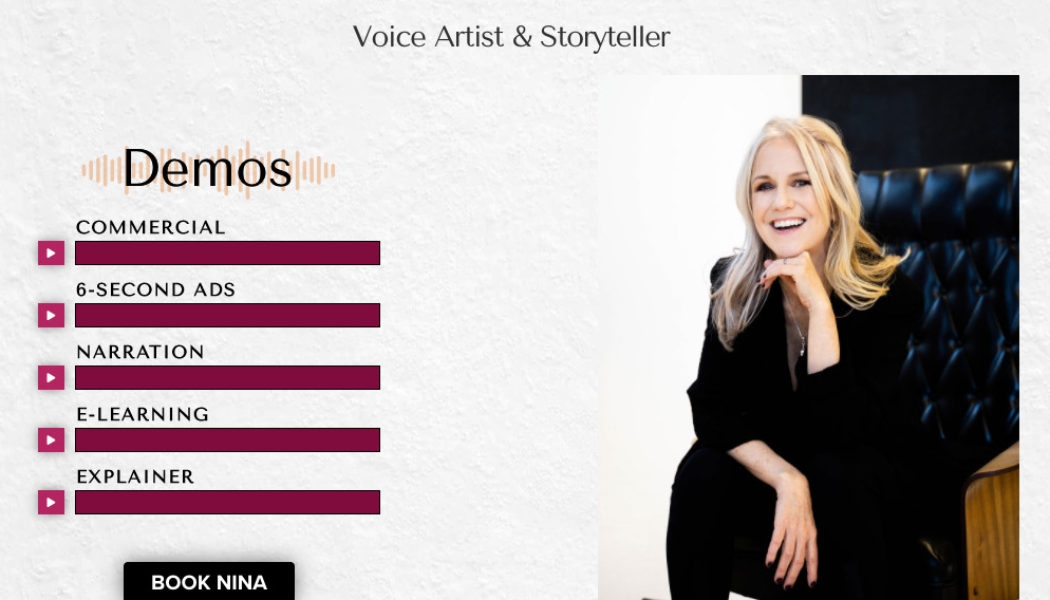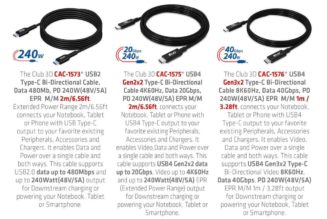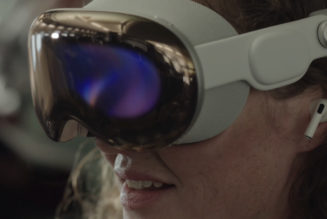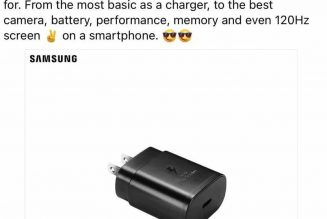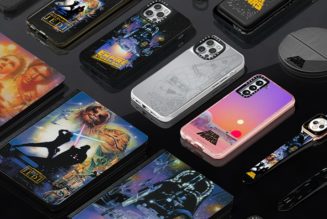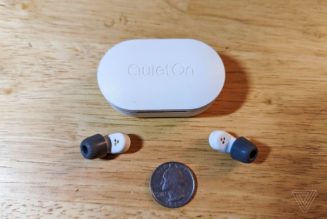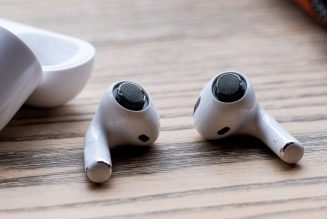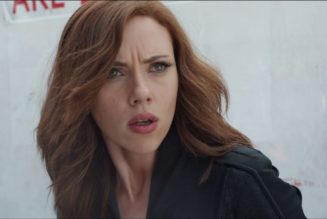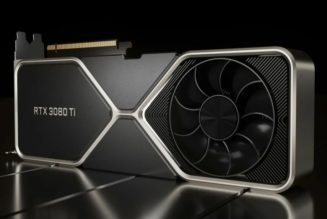
Amazon’s Alexa has a voice familiar to millions: calm, warm, and measured. But like most synthetic speech, its tones have a human origin. There was someone whose voice had to be recorded, analyzed, and algorithmically reproduced to create Alexa as we know it now. Amazon has never revealed who this “original Alexa” is, but journalist Brad Stone says he tracked her down, and she is Nina Rolle, a voiceover artist based in Boulder, Colorado.
The claim comes from Stone’s upcoming book on the tech giant, Amazon Unbound, an excerpt of which is published here in Wired. Neither Amazon nor Rolle confirmed or denied Stone’s guess, which he says is based on conversations with the professional voiceover community, but Rolle’s voice alone makes for a compelling case.
Listen to the videos below: the first an advertisement for Cherry Creek North, “Denver’s premier outdoor retail destination,” and the second an introduction to Hapyn, a social app that seems to now be defunct (its Play Store entry was last updated in 2017). You can absolutely hear Alexa’s reassuring tones in Rolle’s voice. Or, to be more precise, you can absolutely hear where Alexa’s reassuring tones come from when listening to Rolle.
[embedded content]
[embedded content]
Here’s how Stone writes up the process in selecting Alexa’s voice:
Believing that the selection of the right voice for Alexa was critical, [then-Amazon exec Greg] Hart and colleagues spent months reviewing the recordings of various candidates that GM Voices produced for the project, and presented the top picks to Bezos. The Amazon team ranked the best ones, asked for additional samples, and finally made a choice. Bezos signed off on it. Characteristically secretive, Amazon has never revealed the name of the voice artist behind Alexa. I learned her identity after canvasing the professional voice-over community: Boulder, Colorado–based voice actress and singer Nina Rolle. Her professional website contains links to old radio ads for products such as Mott’s Apple Juice and the Volkswagen Passat—and the warm timbre of Alexa’s voice is unmistakable. Rolle said she wasn’t allowed to talk to me when I reached her on the phone in February 2021. When I asked Amazon to speak with her, they declined.
We’ve pinged Amazon and Rolle to confirm her involvement in creating Alexa, but don’t expect to hear much back. If the company isn’t interested in confirming Stone’s account, it suggests this is a bit of history they’d rather not draw attention to, for whatever reason.
Providing the voice for such a ubiquitous product can have its own drawbacks, too. The original voice artist behind Siri, Susan Bennett, revealed herself in 2013 (after seeing an article from The Verge dissecting the process behind the creation of synthesized voices, incidentally) but said she’d been wary about being associated with Siri. “I was conservative about it for a long time […] then this Verge video came out […] and it seems like everyone was clamoring to find out who the real voice behind Siri is, and so I thought, well, you know, what the heck? This is the time,” Bennett told CNN.
Of course, although we can hear both Bennett and Rolle’s voices in their AI doppelgängers, it’s impossible to say without inside knowledge exactly what traces of the original remain. Creating a synthetic voice starts with real audio samples, but this data is exhaustively quantized and remastered to such a degree that answering the question of whether the final product is the same as the original is best reserved for the shipbuilders of Theseus.
What is, fun, though, is listening to the other examples of Rolle’s voiceover work on her website. Although she offers a restrained performance in the videos above, she’s much more animated and lively in other commercial samples. It really shows how, despite the ever-increasing sophistication of Alexa’s voice, it still lacks the range of the real thing.
